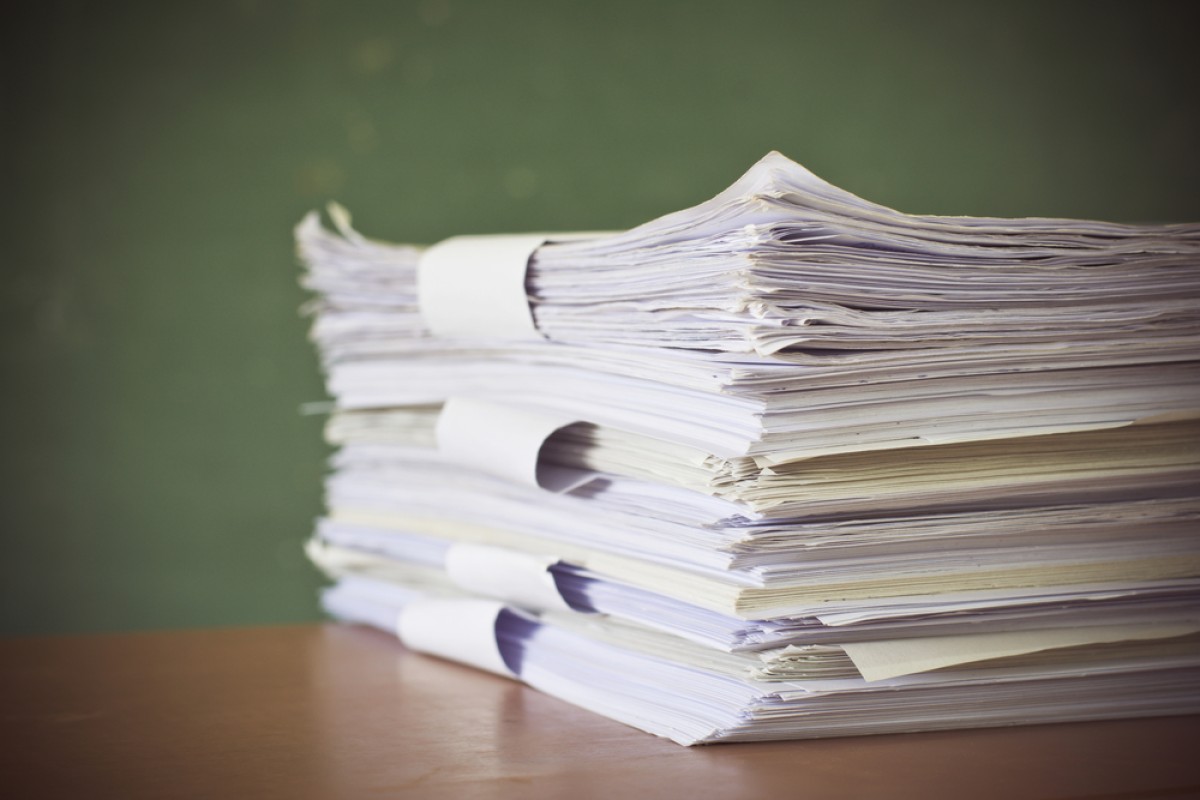
What happens to your HKDSE paper after you hand in your exams?
We get the scoop on what happens to all your HKDSE answer papers after you’ve poured your heart and soul into answering them, and handed them to the HKEAA

A student’s secondary school journey ends when they hand in their HKDSE papers, but for the papers themselves, the journey’s just begun. In order to make it in time for results release day tomorrow, the Hong Kong Examinations and Assessment Authority (HKEAA) processes about 820,000 scripts through an onscreen marking system that was first introduced in 2007.
Once collected, the papers from across Hong Kong arrive at the HKEAA scanning centre, the staples are removed, and scripts are scanned into a secure database, which takes around five weeks.
If you’re worried that your crazed scribbles will get lost or become unrecognisable during scanning, fear not. HKEAA has two-stage random checks to ensure the images are clear and legible, and also cross-checking of hard copies with the scanned images to ensure all the pages in the script are scanned properly.
Afterwards, about 4,200 markers then take over to mark them on computer screens in 14 assessment centres. Markers are mostly school teachers who are hired through open recruitment and are selected on a points system which takes into account the applicants’ academic qualifications, teaching experience, and marking experience. They are required to go through standardised training and trial mark some scripts to ensure they’re qualified to do the job.
But why do the teachers take time out of their already hectic work schedule to mark the DSE papers? “Some teachers do it for the money, but some want to get tips they can give to their own students and to improve their own teaching,” says a previous marker who has marked the English DSE paper in recent years but does not wish to be named.
He says they are paid per script. For scripts like multiple choice, it’s around HK$7 to HK$11 per paper, while the price goes up to HK$15 to HK$20 for writing scripts and other harder-to-mark scripts.
Sharing over 1,400 workstations, the 4,200 markers choose time slots online on a first-come, first-served basis . Assessment centres are open between 10.30am and 10.30pm and most markers mark for a few hours after school or on weekends.
Before markers start work, a meeting is held to standardise the marking. Difficult questions are explained in depth and doubts are clarified. “You can raise it with your supervisor if you don’t agree with the suggested answers. HKEAA is open to discussion and changes,” says the marker.
Double marking is adopted in seven subjects including Chinese, English and liberal studies. In liberal studies, for example, it takes at least eight, and at most 16 markers, to review one script. Each question is marked by two markers, and if the mark discrepancy of the two markers is too big, the script will be passed on to a third marker. It may even be passed on to a Chief Examiner or Assistant Examiner if the mark discrepancy continues to exceed a tolerance limit, as explained in a HKEAA video on Myths about HKDSE.
However, messy handwriting could have an effect on your marks. “Messy writing puts you in a bad mood so you’re more inclined to give it a lower mark. So neat handwriting is a good strategy,” the marker told Young Post, adding that markers try their best to be fair and to look at each script with the same mindset.
The answer scripts they mark are randomly distributed by the system. Except for teachers from your school or your family, your script can be marked by any marker.
Regarding the timeline given to the markers, “there is time pressure to mark the paper so the HKEAA can push the results out on time, but it’s not per script”, says the marker. They are each given a quota to finish by a certain stage, which is monitored by their supervisors to make sure no one is going too fast or too slow.
When marking is completed in early June, a panel of expert judges is set up to grade the scores, with reference to data including difficulty levels of exam papers which varies every year, sample scripts, actual performance of candidates, exam statistics and level descriptors. They will then recommend the cutoff scores for each level which determine the grade you’ll get.
The recommended cut-off scores of all 24 Category A subjects are endorsed by the Public Examinations Board in early July, leading up to the results release on July 12.
Finally, the journey of your scripts will end four weeks after rechecking and remarking is completed. Hard copies will then be destroyed while part of the soft copies, with specific information about candidates removed, will be saved for future research purposes.
For more information on HKDSE, visit the HKEAA website
